Above photo: A BC Wildfire crew member uses a drip torch to burn off fuel at the edge of the prescribed burn. Photo gallery included below.
You might have noticed thick smoke rising over town on Saturday, April 26.
Then again, you might not have, as the winds were perfect for a prescribed burn to get rid of some of the fuel on the slopes climbing up Flatbed to town, taking the smoke west and away from town.
According to FireSmart Coordinator Brian Robertson, it was as perfect an ignition as they could have asked for. “There were no injuries on the fire, and everybody worked together very well,” he says. “We had no escapes out of our identified prescribed burn area, so everything was managed well. Walking through the day after, it looked like we achieved all of the identified objectives.”
He says time will tell how many trees were lost, but he is pretty sure it was lower than planned. The goal of the burn was to get rid of a lot of the ground sources of fuel, especially juniper, which is one of the most flammable sources of fuel for forest fires. Indeed, he says, instead of leaving the juniper to be burned as part of the main fire, crews would spot ignite juniper bushes to make sure that the fire didn’t get too out of control.
“The wind was very cooperative,” he says. “We had a bit of a northeast wind for the majority of the day which kept the smoke out of the community. The weather was fantastic. We had two fire effect monitors on site throughout the day. One of them stayed on the fire to manage fire behavior and weather at the fire site. The other one was positioned right on the edge of highway 29 to monitor the weather and relay weather reports every half an hour over the radio, as well as monitor smoke. We were trying to keep a pretty close eye on that. We got extremely lucky and had a good burn window.”
He says there were a couple spots where the fire jumped from the juniper into nearby conifer trees. “One of them is on the top northeast corner of the burn. The bottom third of the tree did flare, as well as another one mid-burn area. Those trees will be monitored. The one on the outside edge had significant fire impact, so I’m assuming it may not survive. The one on the interior of the burn is looking pretty good after I went and inspected it. We also had a couple aspen where fire did enter the bowl of the tree. Those are likely to succumb to that in future months, as well. However the goal was to maintain 80 percent of the trees and we exceeded that target.”
Now that the first prescribed burn is done, Robertson is going to be focusing on the Community Wildfire Resiliency Plan, which he is hoping to submit to BC Wildfire for a technical review in the next week. “Once that has been approved and received, we’ll start moving into planning our fuel mitigations as well as starting to roll out our community programs such as library programs, education programs, residential home assessments and eventually senior supports and things like that.”
But don’t expect to see any more prescribed burns in the area this year, at least, not by the District. BC Wildfire is looking at the possibility of other burns in the area, outside of the district’s 2 km zone. However, he does expect to see some other mitigations, like thinking and brushing in the fall.
While there were nearly 30 BC Wildfire members on-site, there was also a number of members from the local fire department on site as well. As part of preparing for the fire, they set up twenty of the structure protection sprinklers that they recently purchased in the woods between the burn and Bergeron Drive to keep the forest wet.
Robertson says he counted about 110 lengths of hose that were laid out by BC Wildfire, and about 50 by the local fire department. He’s not sure the total length of hose that was used, but it was “a lot.”
He says one of the best things coming out of this was the chance for cross training. “The Tumbler Ridge Fire Department got a lot of experience on the ground, and that’s really going to help us if there is an interface fire. Meanwhile, the folks at BC Wildfire was able to work with the locals, hooking up to hydrant lines, which is also great experience for them for interface fires.”




























Trent is the publisher of Tumbler RidgeLines.

